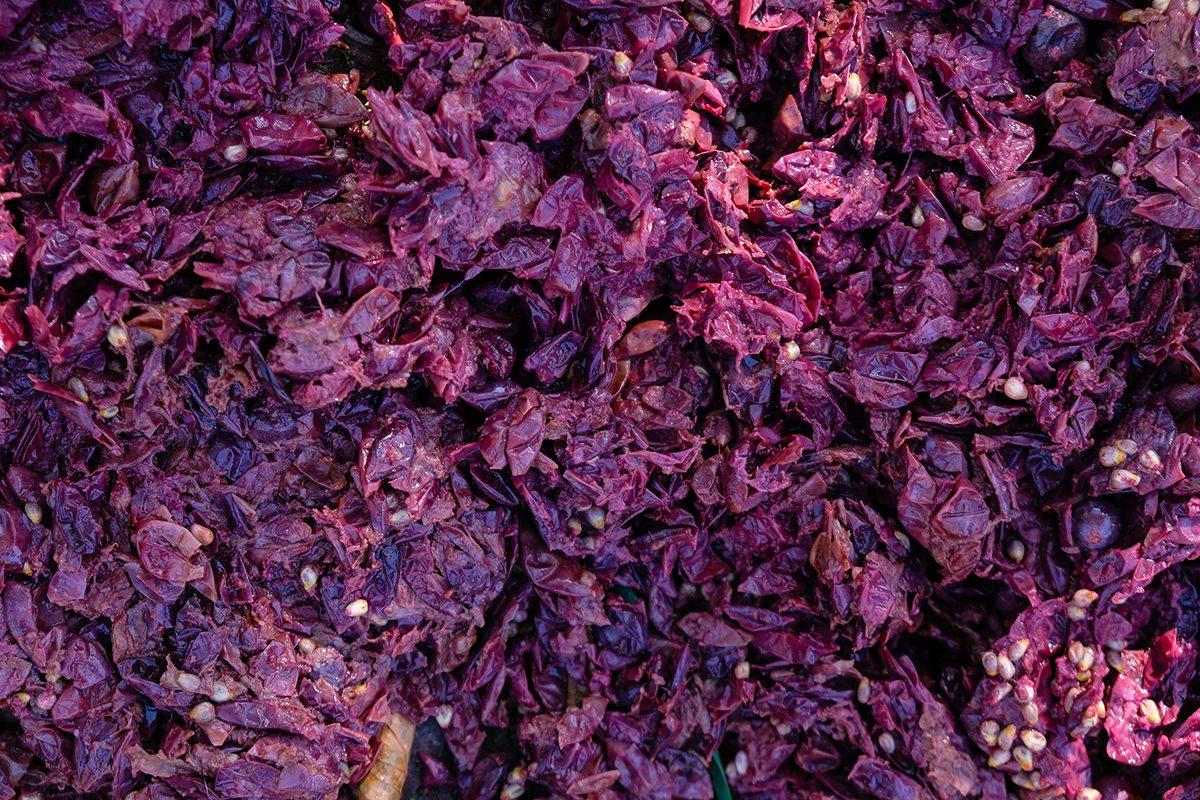
Scientists at UBC’s BioProducts Institute find that if you add tannins to a layer of wood dust, you can create a filter that traps virtually all microplastic particles present in water, according to recently reported research.
While the experiment remains a lab set-up at this stage, the team is convinced that the solution can be scaled up easily and inexpensively once they find the right industry partner.
Microplastics are tiny pieces of plastic debris resulting from the breakdown of consumer products and industrial waste. Keeping them out of water supplies is a huge challenge, said Dr Orlando Rojas, the institute’s scientific director and the Canada Excellence Research Chair in Forest Bioproducts.
He noted one study which found that virtually all tap water is contaminated by microplastics, and other research which states that more than 10 billion tons of mismanaged plastic waste will be dispersed in the environment by 2025.
“Most solutions proposed so far are costly or difficult to scale up. We’re proposing a solution that could potentially be scaled down for home use or scaled up for municipal treatment systems. Our filter, unlike plastic filters, does not contribute to further pollution as it uses renewable and biodegradable materials: tannic acids from plants, bark, wood and leaves, and wood sawdust—a forestry byproduct that is both widely available and renewable.”
Casting the net wide
For their study, the team analyzed microparticles released from popular tea bags made of polypropylene. They found that their method (dubbed “bioCap”) trapped from 95.2 per cent to 99.9 per cent of plastic particles in a column of water, depending on plastic type. When tested in mouse models, the process was proved to prevent the accumulation of microplastics in the organs.
Dr. Rojas, a professor in the departments of wood science, chemical and biological engineering, and chemistry at UBC, added that it’s difficult to capture all the different kinds of microplastics in a solution, as they come in different sizes, shapes and electrical charges.
“There are microfibres from clothing, microbeads from cleansers and soaps, and foams and pellets from utensils, containers and packaging. By taking advantage of the different molecular interactions around tannic acids, our bioCap solution was able to remove virtually all of these different microplastic types.”






